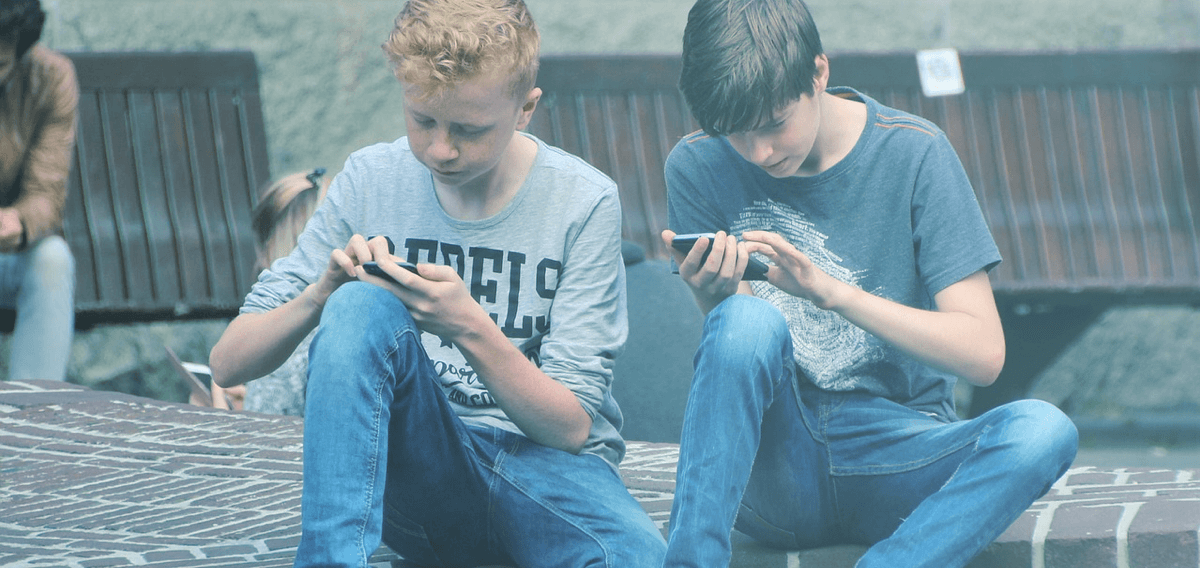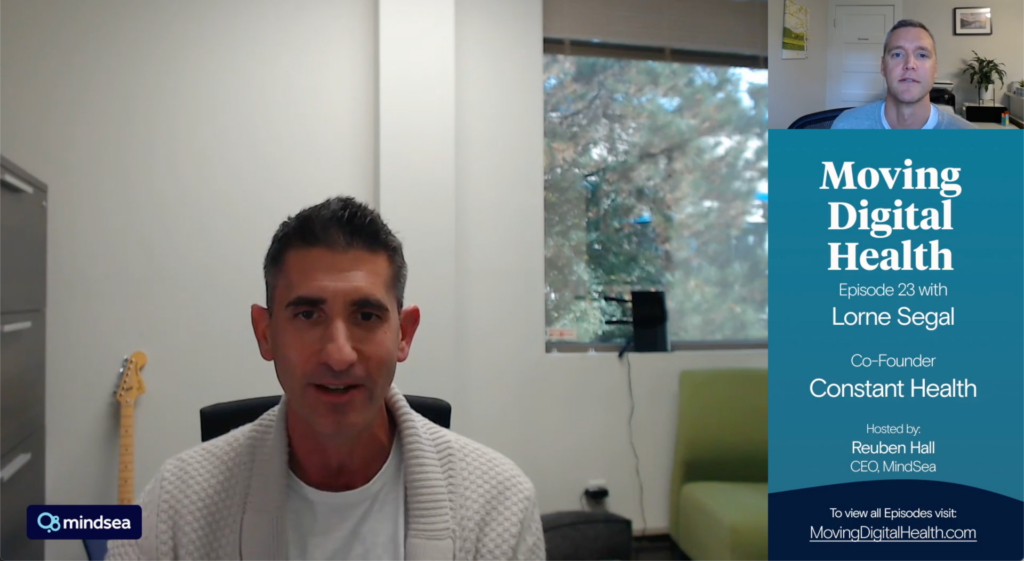Our smartphones are increasingly becoming extensions of ourselves – and apps are responsible. App makers continue to push the envelope, innovating with newly developed functions, features and distractions you can either blame or applaud for everyone being glued to their mobile screens.
In my job as Senior Product Strategist at MindSea, I help would-be app entrepreneurs evaluate their own prospects for innovation – not just whether their ideas have merit; but whether they present compelling use cases alongside promising business models to support them in the long term.
I get to hear a lot of app ideas in the run of a day.
Some app plans are companions to already-existing software or extensions to existing businesses, like SaaS on-the-go offerings. Some ideas are comprised of pretty cool prospective tools to make our day easier, like photo and way-finding apps. Some entrepreneurs want to make their own mark in the content, social media networks or entertainment categories like dating or publisher apps – but they all have one thing in common: they’re searching for the ‘IT’ factor.
What is the ‘IT’ factor? It’s that special sauce that makes your app sticky. The unquantifiable combination of incredible idea, perfect execution, discoverability, sought-after-ness and – well, sheer magic.
It’s a rare and difficult combination to achieve, but don’t lose heart if you think you’ve got an idea worth exploring and you’re still defining your ‘IT’; there are always levers you can pull to ensure you’ve got something in common with the apps who’ve managed this feat of awesome to win big in the app store.
Last year’s top grossing apps all had notable common elements and themes that helped them go the extra mile to absolutely dominate in popularity.
Here are just a few:
GAMIFICATION is still a thing – but don’t forget the pay-off
2016 will go down in history as the year of Pokemon Go!
The mobile game had people wandering around all summer, phones in hand, searching high and low through a virtual lens on reality to find and ‘catch ‘em all’. One engrossed crowd chasing one of the game’s rarest wins even stopped highway traffic, which played out as a humorous free bit of PR for the game as a viral time lapse of the ensuing hijinks aired on every major broadcast news station.
Everyone talks about ‘gamifying’ your idea as if it’s easy – but we can’t all be Pokemon Go!
What did they do differently? They created scarcity and considered the gameplay pay-off very extensively.
Catching rare pokemon in essence gave you ‘street cred’ as a user; it upped your projected value as a gameplayer. And it was so hard – but not impossible – to find certain Pokemon, users became addicted to unlocking new levels of gameplay achievement not unlike arcade game-players of old who measured their value with the in-crowd by how high their initials ranked on the PacMan champions screen.
More importantly though, the game designers followed through on the addictiveness of this levelling-up by making it possible for users to share the results of their gameplay with others. The ability to share achievement meaningful to anyone familiar with the game in a social setting kept users striving to up the ante.
This was the payoff that made the game a fad and kept it front and centre, resulting in hundreds of millions of paid downloads.
If you’re going to gamify your idea, consider how difficult it is – or isn’t – for your users to gain points, and explore what they can trade those points for. Pokemon Go! traded in social currency, giving its users bragging rights for their wins.
If you make it a game, what can you offer?
Make sure users can RECORD THE MOMENT
Pokemon Go! was the most prolific app to demonstrate another mobile trend from 2016. It and several others did something unique – they transformed a real world activity with complementary mobile functionality.
But others went further, making it possible for users to capture the moment.
The Live.me app took this notion to a whole new level, focusing solely on documenting life in real time. The app live-streams video and commentary – so whatever you’re doing can be self-broadcast instantly with one tap, flipping the idea on its head that we’re always watching our phones, and making it so our phones are always watching us. For the first time, the sole intention of an app is to get you to hold your phone at arm’s length while you do something else.
Sing! is another app that took a well established real world activity and smartphoned it. Its premise is simple – Sing! Is mobile karaoke made easy. Karaoke apps aren’t new, so how did Sing! win a top spot in the app store last year? They made it possible to record and share your performance of course.
The lesson? In the new culture of ‘I’, we are all our own one-man shows. If it isn’t recorded and broadcast to mobile audiences, it didn’t really happen.
What opportunities will you dream up for your audience to record the moment?
STRENGTH IN NUMBERS with smart partnerships
Making sure users find and download your app – essentially a question of marketing your business – is one of the toughest tasks in ensuring success. But one interesting option is to find strength in numbers and look achieve greater returns and reach as a twosome than you could do going it solo.
Complementary apps ruled the app store together last year.
Spotify teamed with Nike+ to help runners set the pace with their favourite tunes. Ride sharing app Lyft and the e-commerce platform Gratafy linked up with Absolut Vodka at the start of the holiday season to surprise ride-sharers with a special blue ‘Electrik Lyft’ car pickup to whisk them away to party on a night out.
The idea of teaming up from a marketing or audience-gaining perspective isn’t new, but in the mobile space, it has a lot of interesting potential for direct software integration.
Take Facebook for instance.
In a press release, Facebook announced its Messenger app (also a top app of 2016) would now help users get where they’re going faster, with a new ‘Transportation’ feature allowing users to “request a ride from a car service without ever needing to download an extra app or leave a conversation.”
Their first transportation partner? A little app called Uber – proving definitively that two top apps are better than one.
The one other thing all the best apps have in common
No matter what stage you’re at with your app plans, a lot can be learned from looking at what leaders in the App and Google Play Store have in common, and how they’re winning customers and downloads.
But it’s important to remember that though these specific commonalities seem like followable trends, the larger value propositions of each of these mobile products are all based on one unifying timeless truth: namely that there’s no substitute for a great idea that’s well-planned and excellently executed.
So what’s your ‘IT’ factor? Email me to get help getting from idea to execution at riley@mindsea.com.



